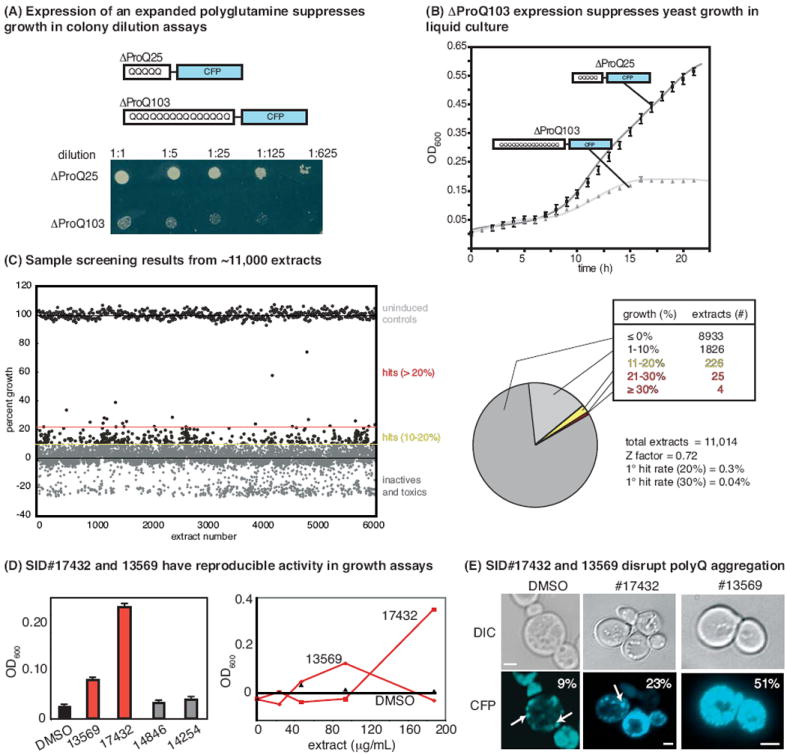Figure 1. Results of a yeast-based high-throughput screen (HTS) for suppression of polyQ growth defects and confirmation of two active extracts.

(A) Expression of an expanded polyQ fragment (ΔProQ103), but not the normal length ΔProQ25, in Saccharomyces cerevisae suppresses growth in colony dilution assays. Both constructs are expressed as cyan fluorescent protein (CFP) fusions under the control of a galactose-inducible promoter. (B) Expression of ΔProQ103, but not ΔProQ25, suppresses yeast growth in liquid culture. (C) Sample of the HTS results. A library of 11 000 prefractionated natural product extracts was screened in 384-well plates at approximately 100 μg/mL. Results are shown relative to uninduced controls (i.e., grown in 4% raffinose; no ΔProQ103 expression) and DMSO-treated controls. The screening statistics are shown. (C) The four most active extracts (>30% growth in the primary screen) were rescreened in triplicate (left) and tested at multiple dilutions (right). Two of the extracts were confirmed (SID #13569 and 17432). (D) By fluorescence microscopy, treatment with either of the active extracts disrupted the formation of puncta in some yeast. Aggregates are indicated by white arrows, and the percentage of cells with diffuse fluorescence is indicated (n = 200 cells). Scale bar is 2 μm.
